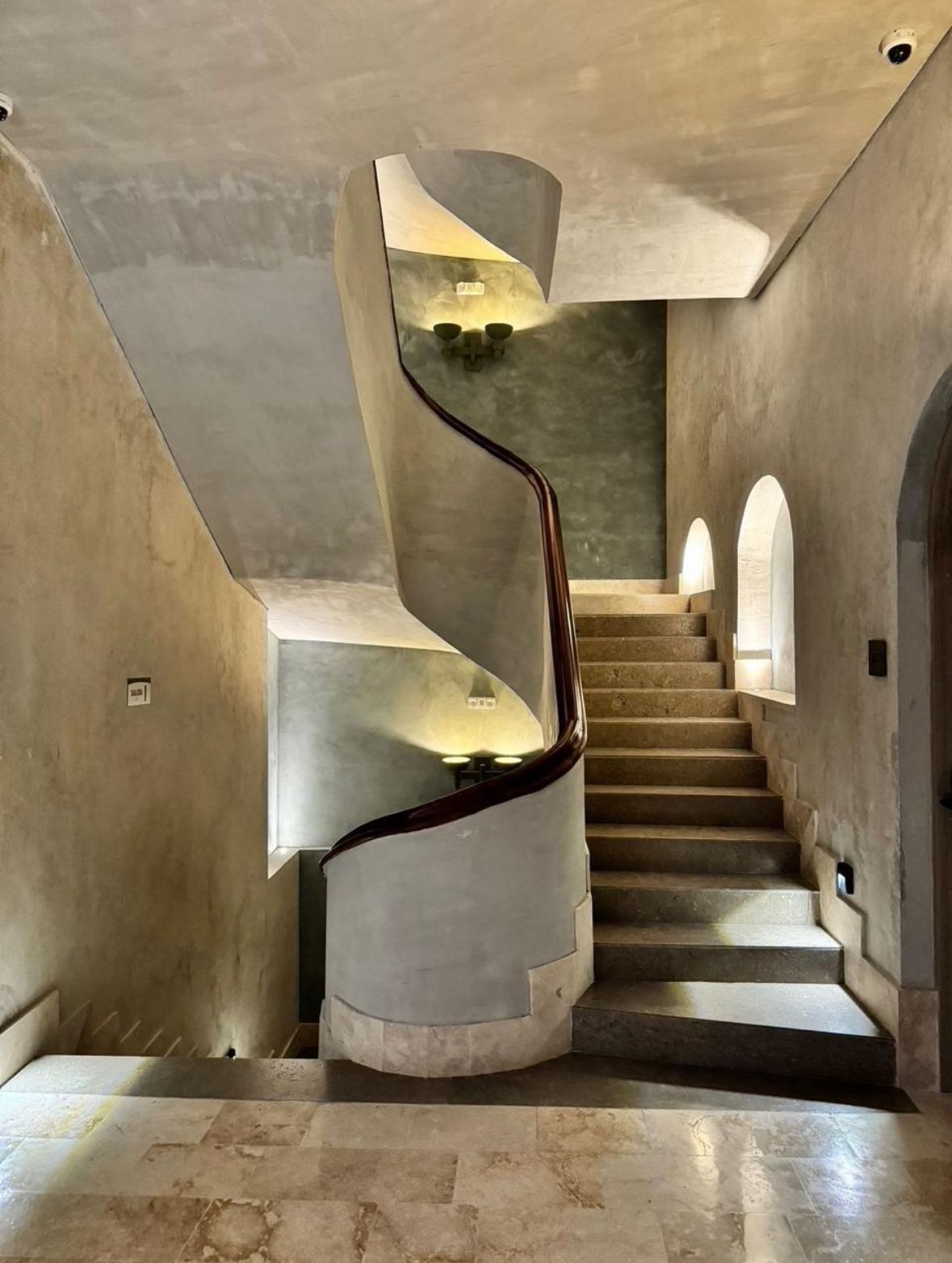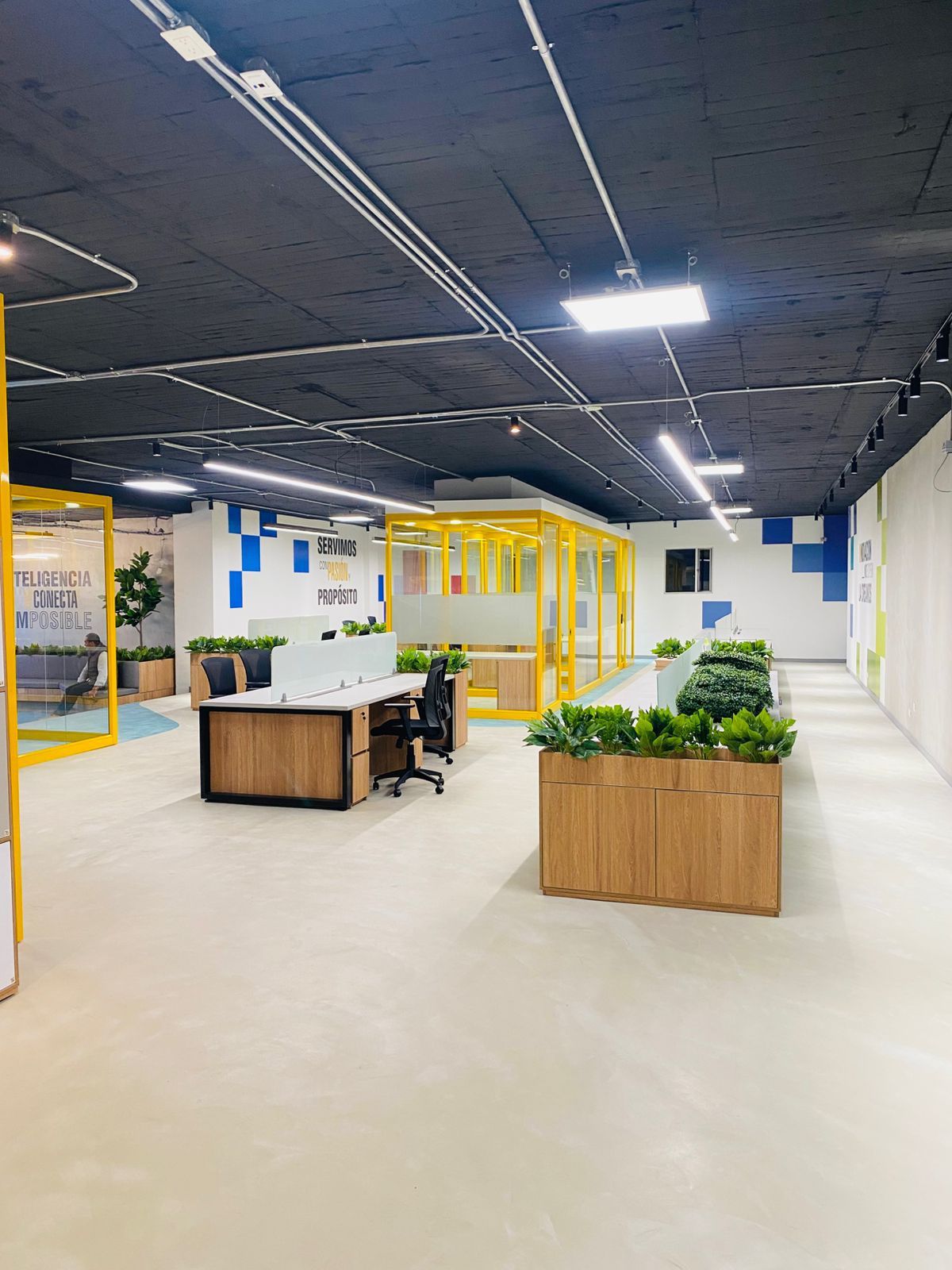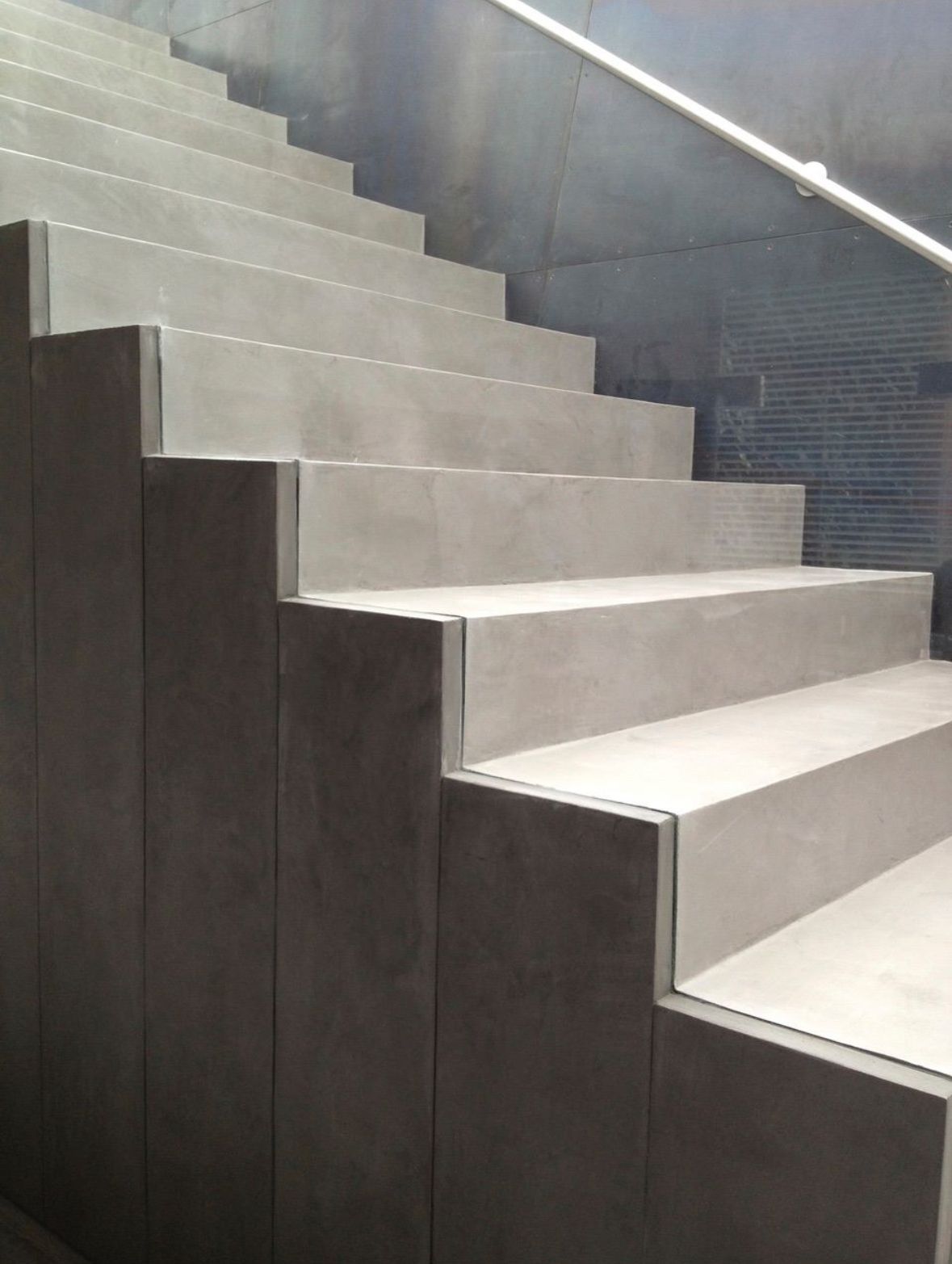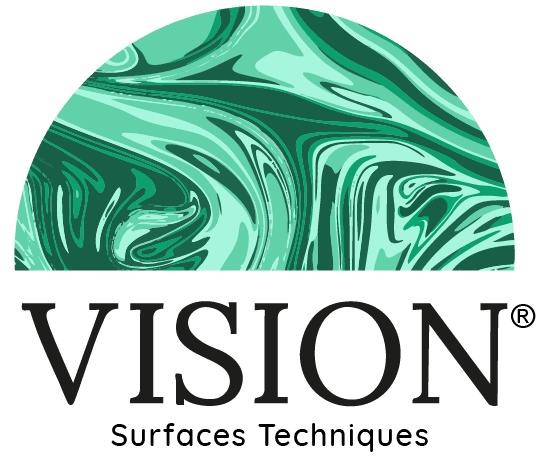Transforming Office Spaces with Textures and Microcement
The Role of Texture in Modern Office Design
In recent years, the design of office spaces has evolved from bland and uninspiring to dynamic environments that fuel creativity and productivity. One key component of this transformation is the use of *textures*. Incorporating various textures into an office setting can create a more engaging and visually stimulating environment, helping to spark innovation and comfort among employees.
Textures can range from smooth surfaces like glass to more tactile materials like wood and textiles. Each texture brings its own set of characteristics, influencing the ambiance of the space. By thoughtfully combining these elements, designers can craft an office that not only looks appealing but also feels inviting.

Understanding Microcement: A Versatile Design Option
Microcement has gained popularity as a versatile material in office design. This innovative product offers a sleek, modern appearance while providing durability and adaptability. It is a cement-based coating that can be applied to floors, walls, and even furniture, creating a seamless look that is both chic and practical.
One of the most appealing aspects of microcement is its ability to mimic other materials, such as polished concrete or natural stone, at a fraction of the cost. This allows businesses to achieve a high-end aesthetic without breaking the bank. Additionally, microcement's resistance to wear and tear makes it an ideal choice for high-traffic areas.
Benefits of Using Microcement in Office Spaces
Incorporating microcement into office design offers a range of benefits beyond its aesthetic appeal. Its seamless finish means fewer joints and crevices where dirt can accumulate, making it easier to maintain a clean and hygienic environment. This is particularly important in shared spaces where cleanliness is paramount.
Moreover, microcement is an environmentally friendly option. It produces less waste during installation compared to traditional building materials and can be applied over existing surfaces, reducing the need for demolition and disposal. This sustainable approach complements modern businesses' efforts to reduce their environmental impact.

Combining Textures for Maximum Impact
To transform an office space effectively, it's essential to consider how different textures can work together. For example, pairing the smoothness of microcement with the warmth of wood can create a balanced atmosphere that feels both modern and inviting. Textiles like rugs or upholstered furniture can add softness and acoustic benefits, reducing noise levels and increasing comfort.
A successful combination may involve using microcement for flooring to provide a durable foundation, while incorporating natural elements like wooden accents or plant life to introduce organic textures. This fusion not only enhances the visual appeal but also contributes to a healthier, more balanced work environment.
Practical Tips for Implementing Textures in Your Office
When considering textures for your office space, it's essential to plan carefully. Here are some practical tips:
- Evaluate the space: Assess the existing layout and identify areas where textures can be introduced or enhanced.
- Mix and match: Experiment with different combinations of materials to find the right balance for your office.
- Consider functionality: Choose textures that are not only attractive but also practical for the intended use of each area.

By thoughtfully integrating textures and materials like microcement into your office design, you can transform your workspace into a vibrant, functional environment that inspires employees and impresses clients alike. The result is an office space that stands out for its visual appeal while supporting productivity and well-being.
